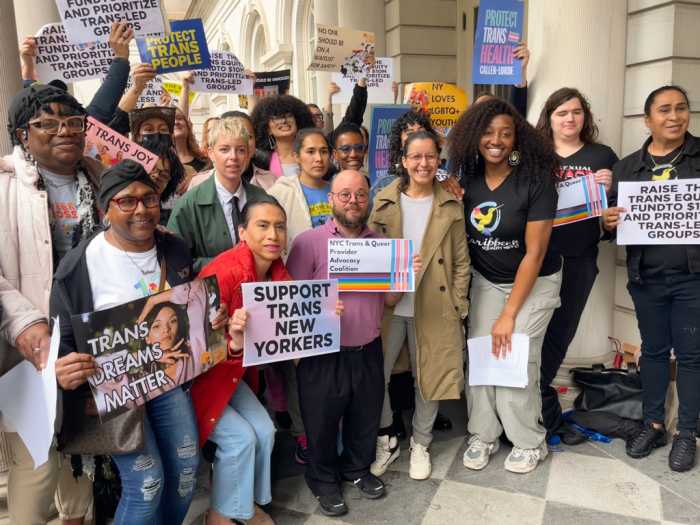New York City will be pouring money – lots of money – into Jamaica Bay.
Over the next several years, city funds amounting to a whopping $115 million will be dedicated to improving water quality and protecting wetlands in the area, on top of $95 million already committed by the city, as part of an agreement between the city, the state Department of Environmental Conservation (DEC) and the Natural Resources Defense Council (NRDC).
Mayor Michael Bloomberg announced the infusion of funding during a press conference held at the Department of Environmental Protection (DEP) Paerdegat Combined Sewer Overflow Retention Facility, 1887 Ralph Avenue.
Calling Jamaica Bay “one of the most bountiful wildlife habitats in the entire northeast,” Bloomberg said that the agreement was “an outstanding example of government and citizens’ groups working together to meet a major goal of our sweeping PlaNYC agenda: improving the quality of waterways around the city.”
“Today marks a new beginning for Jamaica Bay – an amazing recreational and economic resource for New Yorkers,” agreed Lawrence Levine, staff attorney for the NRDC, noting that, “The city has committed to address the biggest source of pollution that has plagued Jamaica Bay for decades.”
A total of $100 million will be used to install new nitrogen control technologies at wastewater treatment plates located onJamaica Bay. The $95 million that had previously been committed is also being used to enhance nitrogen control.
The wastewater plants receiving the upgrades include two in Brooklyn: The 26th Ward facility where the announcement was made, and the Coney Island plant. Installation of upgrades will begin in 2015, with completion anticipated by 2020. Interim nitrogen reduction measures will begin this spring. Finally, $15 million will be utilized for saltwater marshland restoration in Jamaica Bay.
In return, DEC will exempt the city from having to pay as much as $45 million in penalties accruing because of the city’s tardiness in upgrading nitrogen control at wastewater treatment plants. That money will instead be spent on future clean water projects.
Altogether, it is anticipated that the effect of the improvements over the next decade will be to decrease, by nearly 50 percent, the amount of nitrogen discharged into Jamaica Bay.
Nitrogen is a “natural byproduct of the 1.3 billion gallons of wastewater that New Yorkers produce every day,” according to DEP Commissioner Cas Holloway. While it is not harmful to humans, excess levels have a negative impact on fish and other aquatic life. Thus, the decreased nitrogen levels means an increase in dissolved oxygen “that fish and other aquatic life need to flourish,” added Holloway.
The financial investment is necessary, said DEC Commissioner Pete Grannis, because the Jamaica Bay ecosystem has been “put at risk because of excessive pollutants.
“This agreement,” he continued, “puts in place a critical and comprehensive program to bring back the bay, improving water quality, restoring it as a premier wildlife refuge, and continuing to provide generations of New Yorkers with a refuge of their own.”
To that end, the city and state will also be pursuing the designation of Jamaica Bay as a “no discharge zone,” which would mean that boats would not be able to empty their holding tanks and toilets in the bay.
Dan Mundy of the Jamaica Bay Eco Watchers also applauded the agreement which, he said, “Will go a long way to assure the future health of the bay, …a unique environmental jewel and the largest natural resource of our city.”





















